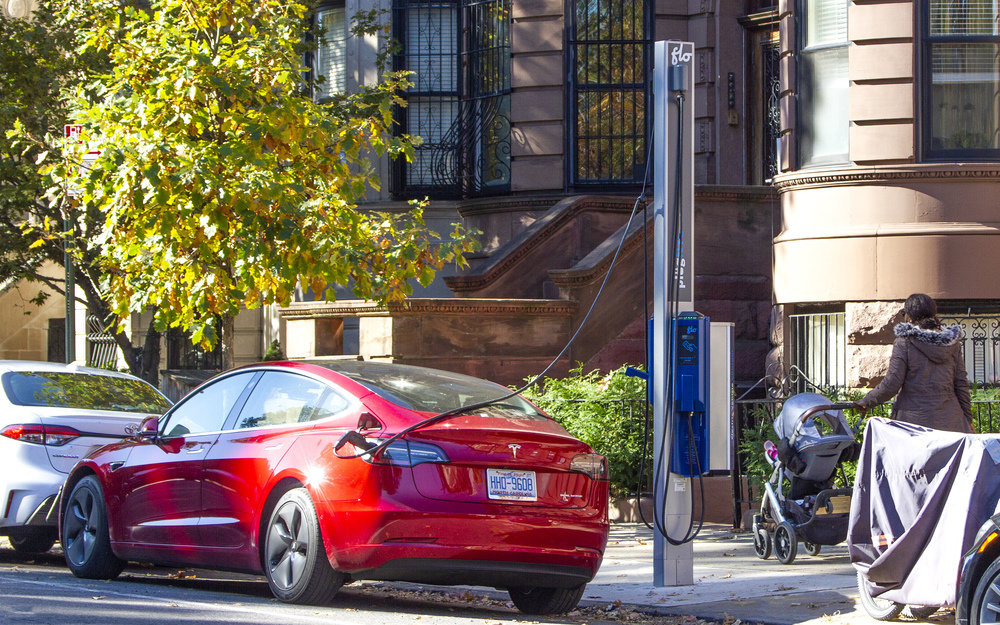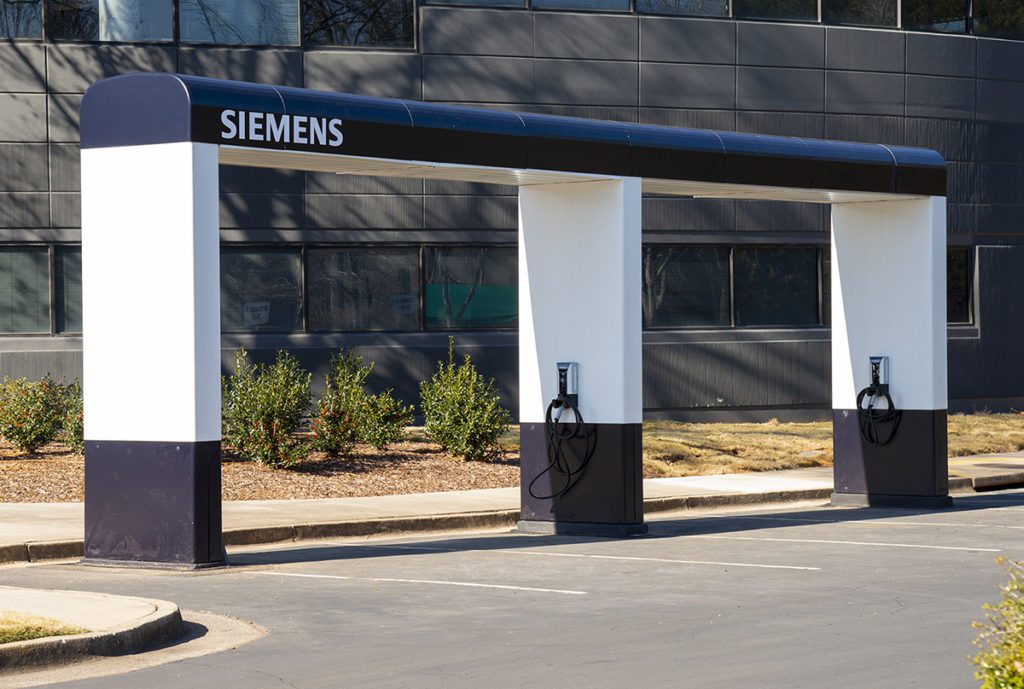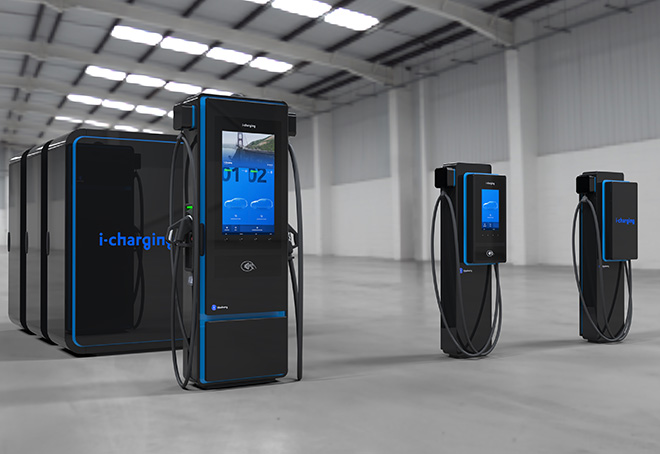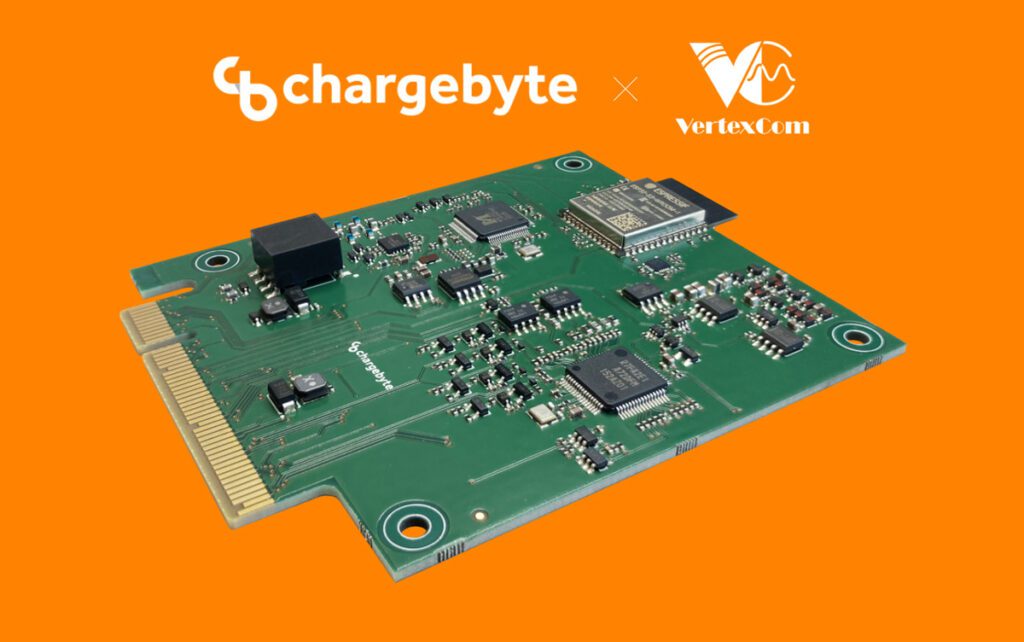ChargePoint Holdings, one of the largest players in the EV infrastructure field, has gone public through a business combination with Switchback Energy Acquisition. The company now trades on the New York Stock Exchange under the symbol CHPT. In honor of the historic moment, CEO Pasquale Romano got to (virtually) ring the NYSE opening bell.
The transaction valued ChargePoint at some $2.4 billion, and delivered approximately $480 million in net proceeds, which the company will use to fund ongoing operations and to expand its commercial, fleet and residential businesses in North America and Europe.
“ChargePoint continues to pioneer the category, becoming the first publicly traded electric vehicle charging company operating across continents,” said Romano. “ChargePoint’s public company debut reinforces the durability of this industry, supported by increasingly progressive climate policy, market preference for clean mobility and more new vehicle introductions than ever before. With our business model tested over more than a decade…I’m confident that ChargePoint is well positioned for continued growth in North America and Europe.”
A few weeks ago, it seemed that any company that had anything to do with EVs could expect its stock to fly out of the gate like a racehorse. More recently, EV stocks have seen a major correction, and CHPT shares have basically treaded water for their first couple of days on the market. Will ChargePoint, or any infrastructure firm, prove to be a good investment over the long haul?
Absolutely, say many stock pundits. “ChargePoint stock could be the safest investment in the EV space. Investing in the company allows you to participate in the secular EV trend without having to pick a winner from the various EV manufacturers,” says InvestorPlace. “The company is poised to make money no matter which manufacturer becomes the dominant player.”
Most industry observers see little or no profit potential in selling electrons—the costs of operating a network are high, and there’s a ceiling on what drivers will be willing to pay (if charging an EV is going to cost just as much as fueling a dinosaur-burner, then we can probably all fold our tents and go home). However, it’s important to understand that ChargePoint’s business model doesn’t depend solely, or even mostly, on selling electrons.
ChargePoint is involved in every segment of the charging market—home charging, public charging and fleet and workplace charging—and every link along the charging value chain. Its offerings include hardware, software and associated services. While it does operate some of its own public chargers, in other cases, it’s providing the platform, which its customers can use in whatever scenario suits their needs. That may be providing charging for a fee, or it may be providing free charging as an amenity to customers or employees, providing energy management services for a fleet, etc. To borrow a meme from the 1990s internet gold rush, ChargePoint is “selling picks and shovels to the miners.”
And them thar hills are expected to yield quite a lot of gold. Grand View Research predicts that the US charging market will be worth $10.8 billion by 2028. Polaris Market Research says $57 billion by 2026, and maybe $190 billion by 2030. Governments at all levels are expected to continue rolling out a menu of incentives and subsidies. ChargePoint has a significant first-mover advantage: it has been operating since 2007, and currently has the largest network of charging stations in the US. According to InvestorPlace, its 4,000 customers include 60% of Fortune 500 companies.
Of course, there are a couple of caveats. ChargePoint is forecasting annual revenue growth of 60% through 2026, and supporting that will require robust growth in EV sales, something over which the company has no control. Furthermore, the EV market, and infrastructure in particular, is a young and rapidly-developing field. As I discussed in my most recent Charging Forward column (see the latest issue of Charged) nobody knows how we’ll be charging our EVs a decade from now, and innovations such as self-driving vehicles and wireless charging may completely transform the current paradigm. ChargePoint (along with every other infrastructure provider) will continue to thrive only if it continues to innovate.
Sources: ChargePoint, Business Wire, InvestorPlace, InsideEVs







































































